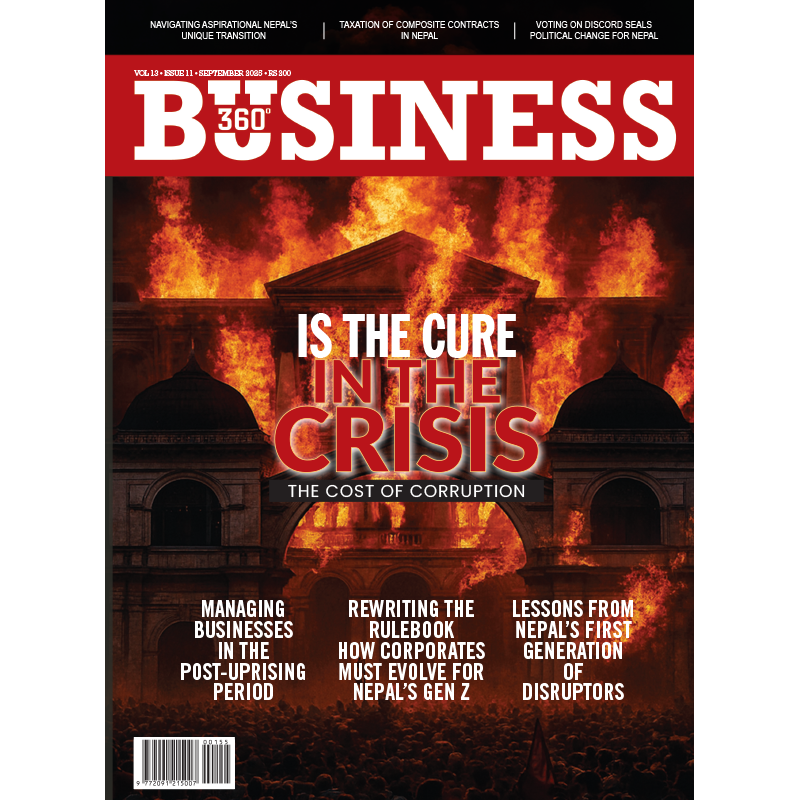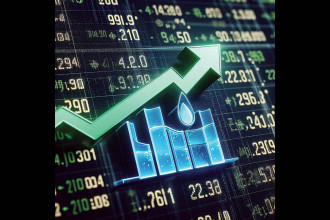
2024 was a mixed year for most commodities, with some shining beyond expectations while others paled in comparison. In this edition of Business 360, we look back at some of the major commodity performances and also catch insight into what could be in store for 2025.
2024 Review
We entered 2024 with cautious optimism in the commodity market. Some commodities performed exceptionally well in the year and most central banks embarked on an easing stance. This is the reason along with geopolitical concerns that precious metals were the most volatile assets and gold climbed record levels repeatedly. Gold prices commenced 2024 at $2062.68 per troy ounce before surging to $2790.18 per troy ounce in October acclaiming the feat of highest prices ever recorded. Silver plodded its way from $23.79 per troy ounce in January to $28.89 in December.
While platinum observed a mixed trend, palladium dropped towards the abyss ending 2024 at a value of $911.50 per troy ounce, the lowest since August 2018.
Industrial metals including copper started 2024 on a strong footing but this rally ran out of steam and the fundamentals stand clear that in the short-term numbers remain bearish as we enter 2025. Opening at $3.8723 per pound, the metal closed at $3.9718 per pound by December.
Oil observed an odd price action with values weakening despite a significant amount of geopolitical risk in the Middle East. After opening at $71.65 per barrel, prices climbed to $87.63 in April before declining to reach $71.85 per barrel at the close of 2024. Meanwhile, gas markets have strengthened as Europe faces numerous supply risks. The price of natural gas having opened at $2.639 per Metric Million British Thermal Unit (MMBTU) increased steadily to finish at 3.662 per MMBTU by the end of 2024.
On the agricultural front, higher than expected production has seen some grains observing a bearish trend with cocoa and coffee observing more volatility due to weather concerns.
2025 Outlook
Gold found strong support after the Federal Reserve cut rates by 50 basis points in September 2024. In economic terms, the decline in rates will decrease the opportunity cost of holding non-yielding assets like gold and other precious metals. This will stimulate investment demand which will push the bullion prices higher. The rise in demand from central banks of emerging markets will also create a supportive environment for the yellow metal. It will be an attempt to diversify esources away from the US dollar with China accounting for more than 180 tonnes in the previous two years. While market analysts believe that there may be other factors to consider temporarily, the bullish outlook remains strong as gold fundamentals remain tight with continued central bank purchases and demand stemming from investment sources pushing gold to be one of the best-performing assets in 2025.
The outlook for industrial metals including copper looks cloudy with trade frictions weighing on the metals. Metal markets will also be looking at the recent support measures from China and how this will affect the commodities. However, global markets especially emerging markets are flooded with cheap exports leading to oversupply even in countries with tariffs on Chinese steel. With deterioration of manufacturing activity weighing on demand, the impact is predicted to continue into early 2025. However, due to the reduction of rates by most advanced economy central banks, the buying spree is forecasted to pick up. Consequently, with global demand outside of China slowly turning bullish, prices will be supported.
Entering 2025, market pundits expect the energy markets to come under pressure. Crude oil is set to see modest demand growth in 2025 which is partly cyclical. 2024 observed another year of strong non-OPEC supply growth while its counterpart OPEC sits on a significant volume of spare production capacity which should provide support to the market fundamentals. Market analysts believe that the oil markets will be in surplus in 2025 subject to OPEC+ production policy. Natural gas price patterns depend immensely on developments this winter. If a normal winter season persists, prices will be range-driven with comfortable supply. The ramping up of new export capacity should allow the EU to refill storage even without Russian pipeline gas via Ukraine.
Agricultural products will likely get caught up in the trade friction especially if we see retaliatory tariffs targeting US agricultural exports as observed in 2018. If this occurs, be prepared to witness a major surge in prices. Meanwhile, changing weather patterns remains a key risk and concern for most commodities with expectation of cocoa and coffee that will continue experiencing volatility in 2025 until some clarity is formed on how supply will shape up for the next season.






